What to Know About One-page CV
A one-page CV is typically the right length for a CV. What should you know about how to compose one? Find out here with our tips for one-page CV.
A one-page CV is typically the right length for a CV. What should you know about how to compose one? Find out here with our tips for one-page CV.
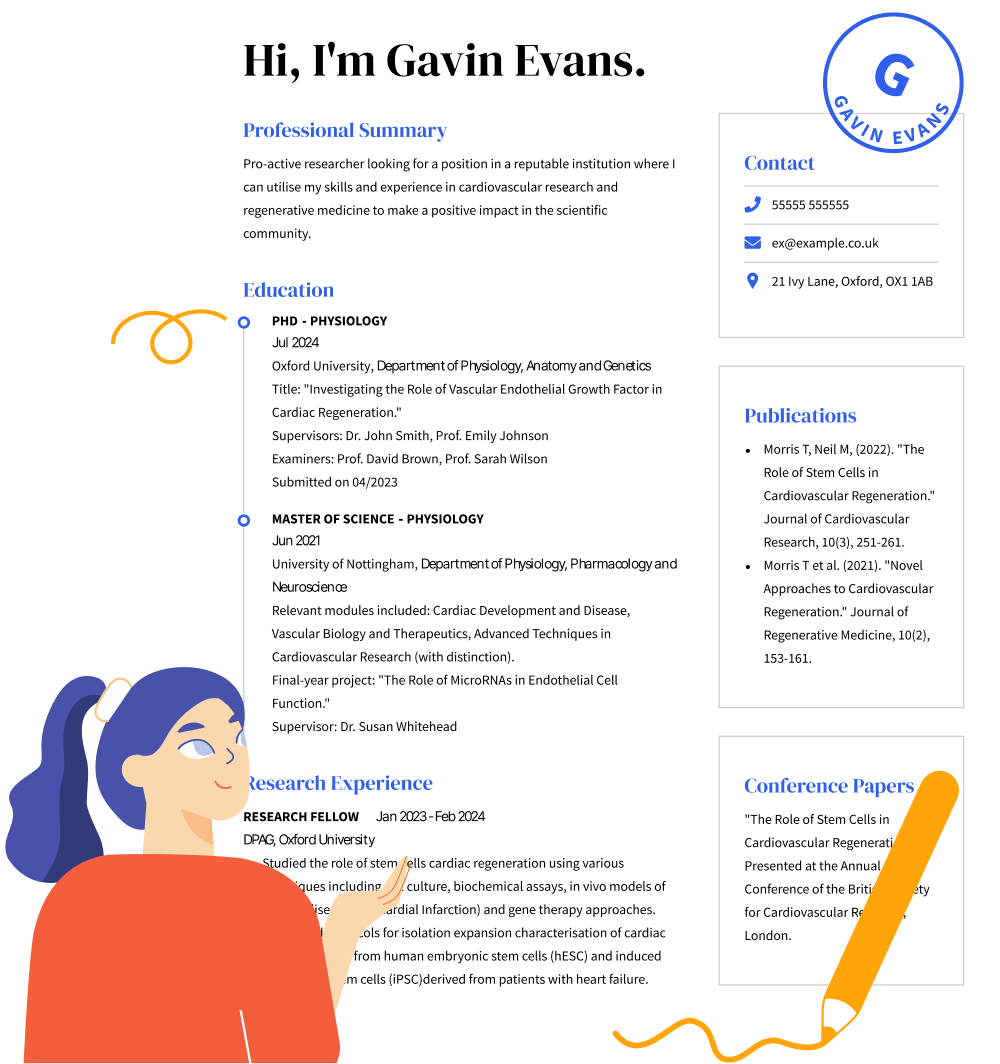
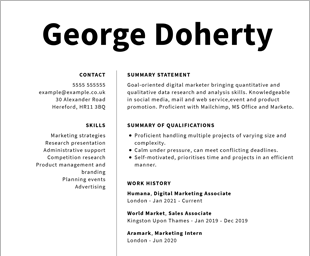
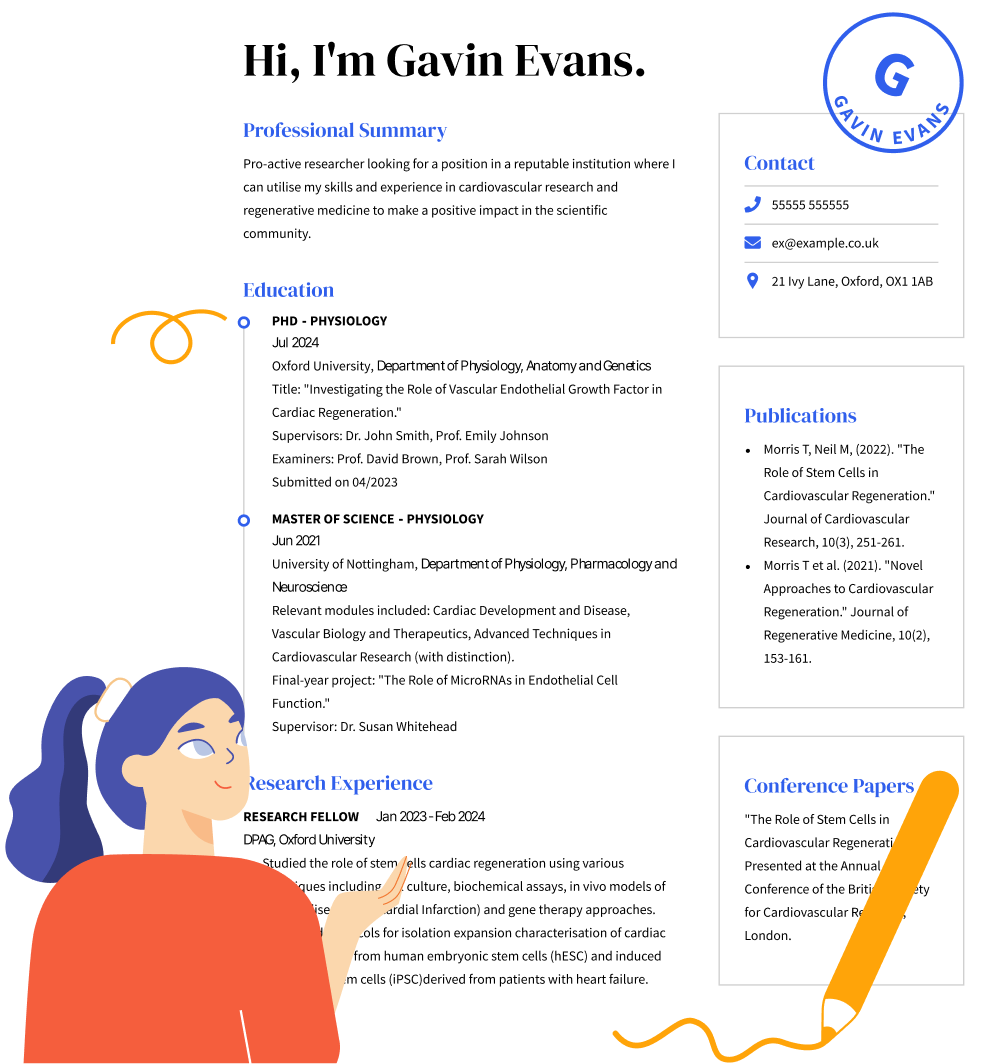
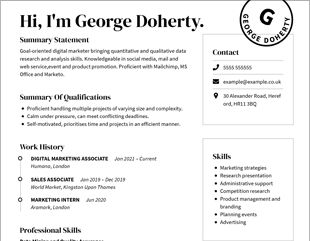
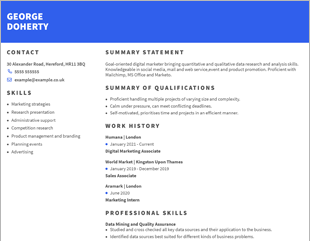
OUR USERS HAVE BEEN HIRED BY
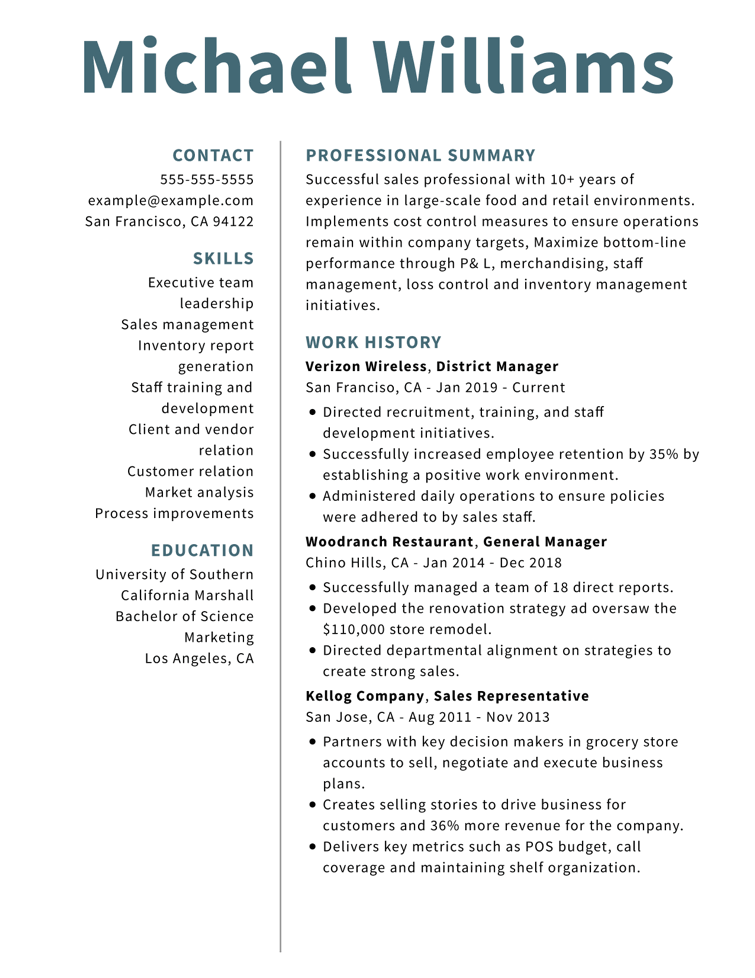
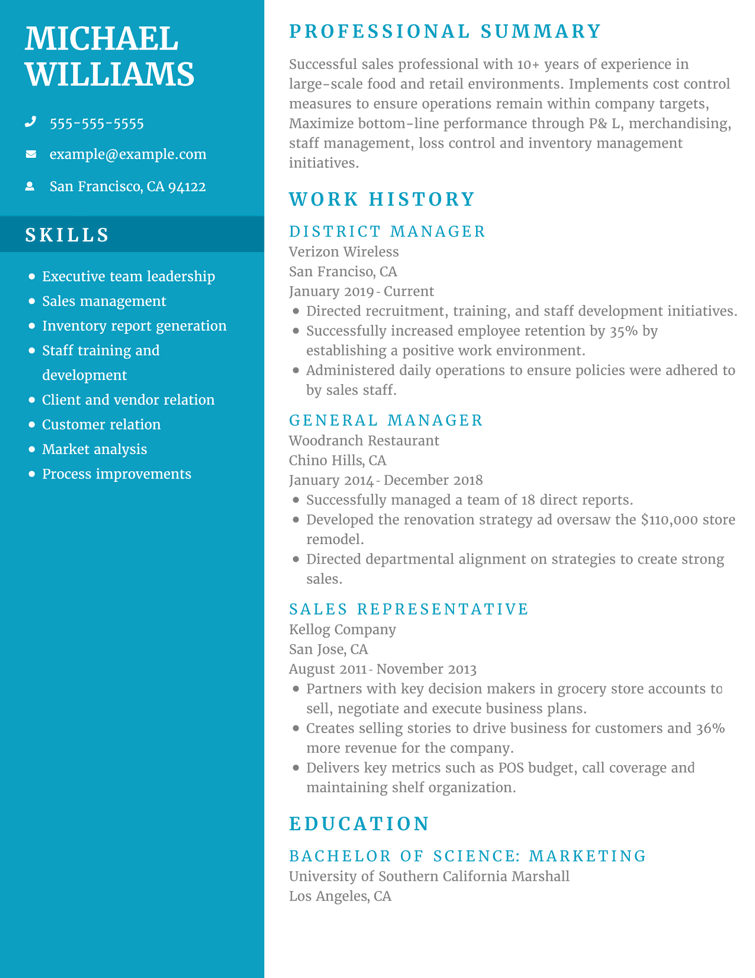
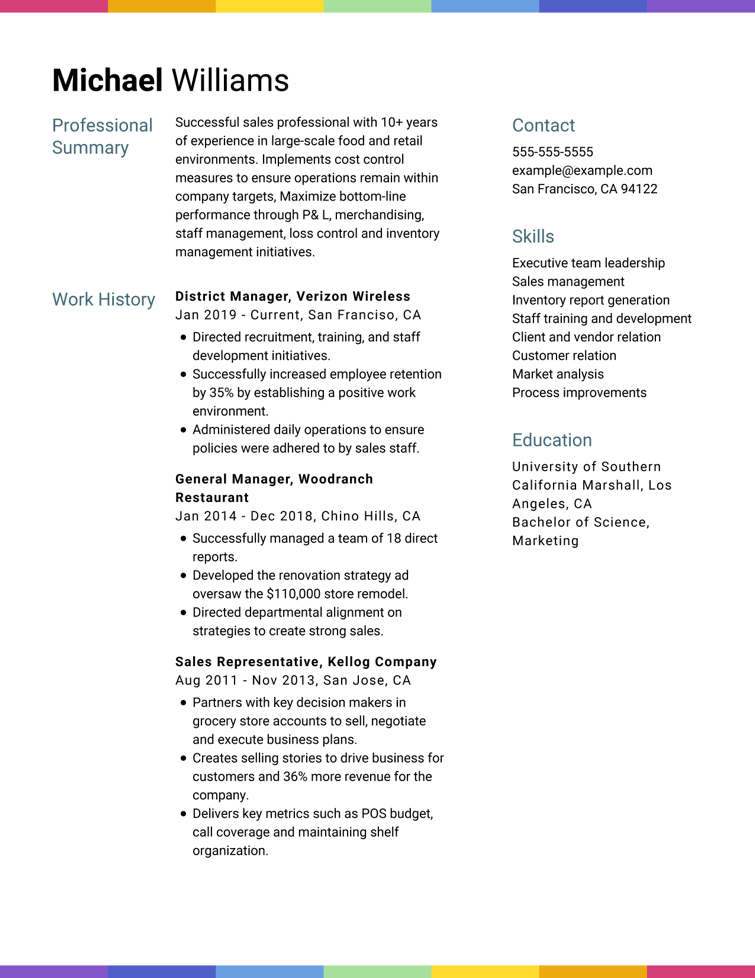
When writing a CV, length is one of the things you should be thinking about. Is it best to stand out with a two-page CV, or should you stick to a single page? Can you turn in a CV that’s shorter than a single page? Will your CV look strange if there’s too much white space? Here’s what you need to know about writing a CV that only has a single page.
So, you have a CV that’s a page and a quarter long, and you want to cut it down. Here are a few tips you can use to do it:
Above all, one of the best suggestions is to invest in your CV design with a CV builder. The CVHelp CV maker includes many free one-page CV templates and modern CV templates, including minimalist designs that can help you fit more text onto a single page. Plus, with over 50,000 CV examples, you’re sure to find solid one-page CV examples you can pull from.
This can be a better option if you have a lot of experience and you need to showcase it. However, in most situations, you can add extra details about your experience to your LinkedIn profile and include the link in your header with the rest of your contact information. Only include this if the job description is specifically asking for more than ten years of experience. Otherwise, a one-page CV is typically more than enough.
You should generally use whatever CV fonts look clean and simple. Most commonly, these fonts like Arial and Helvetica. Note that because kerning, which is the space between words, can vary depending on the font, you might want to change the font if your CV is just barely too long. You may find that a different font very slightly reduces the length of the CV, allowing it to fit on one page.
You can definitely do this if the experience and skills are not relevant to the job. If the experience and skills aren’t a match for the job description, then they won’t help you get through applicant tracking systems (ATS), and you can usually remove them without any problems. However, if you’re getting to the point where you’re starting to remove experience and skills that do seem extremely relevant, you should opt for a two-page CV rather than omit important information.
We personalize your experience.
We use cookies in our website to ensure we give you the best experience, get to know our users and deliver better marketing. For this purpose, we may share the information collected with third parties. By clicking “Allow cookies” you give us your consent to use all cookies. If you prefer to manage your cookies click on the “Manage cookies” link below.